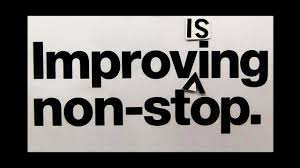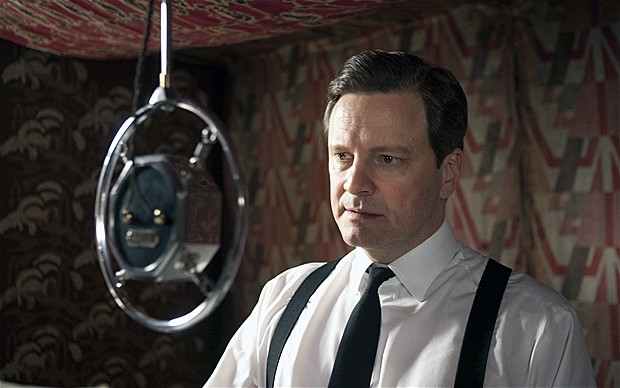Actors are hustlers and communicators. They have the perfect skills to help leaders develop their businesses and to inspire and engage teams of people and audiences.
Actors have got to sell themselves, perform, look the part and communicate at their peak 100% of the time. They can’t get away without being brilliant communicators and they’ve go to keep the audience’s attention 100% of the time.
Acting is more than pretending to be somebody else. The key skill of an actor is being able to play different characters. In order to do this they have to study and understand human behaviour. They understand the nuances of people’s behaviour, can decipher their needs, wants and desires. These are skills which are essential for managers and leaders in the business world who are working with teams of people.
The key skills every actor should have which relate to the working world:
1. Listening Skills
Listening is surprisingly one of the most important skills that an actor can have. Not only do they need to be able to absorb exactly what has been said and done, they need to be affected by what has been said and understand that there is meaning behind those words which is not always immediately clear. Actors who are brilliant listeners are always present and open, soaking up everything that is being said to them. In order to be a successful leader you’ve got to be a great listener. The best leaders are proactive, strategic and intuitive listeners who understand that you can learn and grow much more by listening to others than by talking to them. Talk less. Listen more.
2. Strong non-verbal communication
Non verbal communication is extremely important to understand as a method of communication. Body language, physical gestures, facial expressions, micro-expressions on our faces, eye contact and posture all immediately convey who you are in that moment. Think about how you feel when somebody gives you a weak handshake or a hand shake which is too strong or too fast…! We make instant judgements based on non-verbal communication. It’s often said that the bulk of communication is non verbal. How you sit, how you smile, how you actively listen, communicates a myriad of things. https://www.youtube.com/watch?v=pWudObtwUY8
3. Practicing Relaxation
Actors have to learn how to deal with nerves but that doesn’t mean they aren’t actually feeling nervous. Dame Judy Dench famously said that she always gets nervous before a performance. “Lots and lots of things scare me; but you just get on with it. Fright can transform into petrol. I get stage fright all the time; the more I act, the more I feel it. But you just have to use it to your advantage. http://www.
Actors learn to deal with their nerves and understand the importance of relaxation which they practice. They limber up before performances both physically, vocally and mentally. Stretching, breathing exercises, mediation for 30 minutes or so. This could have benefits for people in business. If you are going to perform a speech you need to take the time to be calm and relax before going in before your audience. Arriving frantically late, stressed from traffic is the worst way to begin a presentation.
4. Story-Telling
Actors are brilliant at telling stories. Whether it’s at a family gathering, down the pub or on stage they are most often excellent at keeping us entertained. They paint images as they describe an event. They take on characters and impersonate the people they are talking about to depict characters. Many lessons abut story-telling can be learnt from actors. When telling a story in a business environment you’ve got to entertain your audience. Nobody wants to read slides from powerpoint, they want to hear you talk about something and if you can make them laugh a couple of times even better. http://www.dynamic-presenting.com/blog/storytelling-tips-learn-tell-story
Sartaj Garewal is the founder of Dynamic Presenting – a creative, leadership development consultancy, adapting theatre training to create leadership programs for business.
Dynamic Presenting – Enabling Powerful Communication







